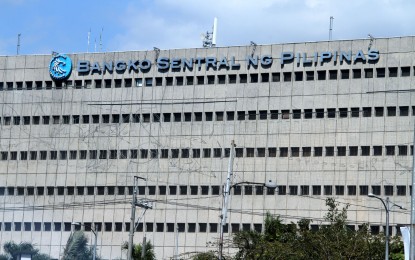
MANILA -- The latest assessment by Philippine monetary officials shows better growth figures for the domestic economy in the second half of 2019, with an expansion to as much as 6.5 percent in the last quarter.
Bangko Sentral ng Pilipinas (BSP) Deputy Governor Francisco Dakila Jr. on Friday said estimates for the third quarter growth is 5.8 percent to 6 percent, higher than the 5.5 percent average in the first half of the year, on account of increase in government spending.
“And then for the fourth quarter, we are looking at a much-improved figure. Actually, 6.5 percent can be reachable by the fourth quarter,” he told reporters after the inflation briefing at the central bank office in Manila.
Government expenditures grew by 5.5 percent year-on-year in the first nine months this year, an improvement from contractions recorded in the early part of the year due to the inability of the government to spend according to the program after the delay in the approval of this year’s national budget.
Authorities and economists alike forecast better growth results in the second half of the year since the national budget was signed into law last April.
Dakila said the impact of higher government spending on domestic output is expected to be enhanced by Christmas season-related spending, which, in turn, will further benefit from the sustained deceleration of the rate of price increases.
Last September, inflation slowed further to 0.9 percent from the previous month’s 1.7 percent while the nine-month average is 2.8 percent, at the lower half of the government’s 2 percent to 4 percent target band.
The domestic inflation rate was elevated in 2018 due to supply-side factors, particularly because of higher rice prices that were pushed by low supply.
This problem was addressed by the combination of monetary measures through the 175 basis points hike in BSP’s key rates and the boost in rice supply after the release of stocks from all National Food Authority (NFA) warehouses and the Rice Tariffication Law that took effect last March.
After peaking at 6.7 percent in September and October last year, the inflation rate has slowed although an uptick was recorded last May when it rose to 3.2 percent from the previous month’s 3 percent.
Dakila declined to give indications for the inflation figure for last October but noted that “coming from the pattern of inflation that we saw last year September and October were the high points.”
“And therefore just because of the base effects you will see the impact of the high inflation last year will be lower inflation,” he added.
The latest 2019 inflation forecast of the BSP is an average of 2.5 percent. (PNA)
